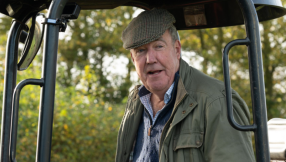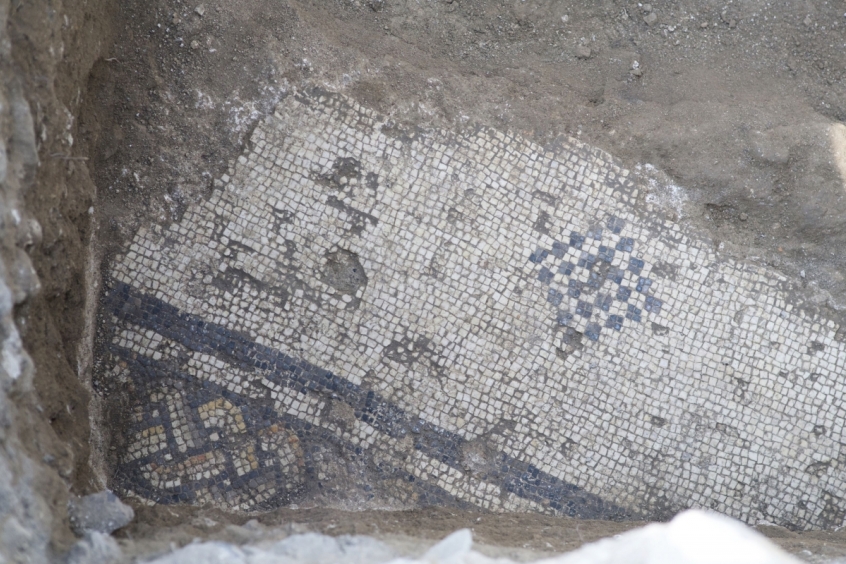
There have been lingering questions over the location of Bethsaida, the home of Peter, Andrew and Philip, hence the moniker 'lost city of the apostles'.
Historical geographer Dr Steven Notley thinks Bethsaida has indeed been found, and it's not the traditional location of et-Tell.
Instead, he thinks its at el-Araj, where he and a team of archaeologists have been digging since 2016.
Dr Notley first suggested el-Araj as an alternative to et-Tell over 10 years ago and says the archaeological evidence has only confirmed his suspicion.
He outlined the case for el-Araj as the true location of Bethsaida in a lecture hosted by the Museum of the Bible, in Washington DC, on Thursday night.
"A lot of times, people ask the question: how do you lose a city? That is not as difficult or unique as one might imagine," he said.
"If you go to Israel, you get off the bus and go to various places and visit biblical sites. You see a sign there [that says] Capernaum, Caesarea and various locations, and you assume that people have always known [where it is] and that's just not true.
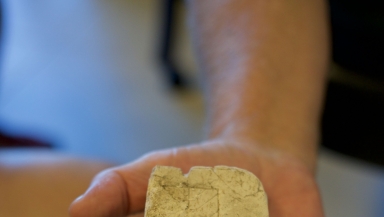
"Most of our biblical sites in Israel were lost in time. Some, the memory remains there, communities remain there, and so their identification was not in question.
"But other places like Bethsaida were destroyed, abandoned and forgotten, and it's only been in the last 150 years that there's been a process of rediscovery of these places as travel became easier."
et-Tell as the site of Bethsaida was first suggested by 19th century historical geographer Edward Robinson and it has stuck ever since.
But Dr Notley argued that one of the challenges with et-Tell is that both the geographical location and the archaeology do not match descriptions in the historical records.
First off, historical references to Bethsaida describe it as sitting on the lake shore and being a fishing village.
"The problem with et-Tell is its distance from the lake shore - about a mile and a half or 3km - which is a long way from the water if you're a fishing village, which is the reputation of Bethsaida," he said.
While archaeologists and scholars have tried to account for this by saying that the water level of the Sea of Galilee must have been around 5m higher in the first century than it is today, Dr Notley argued that if this were the case, other sites like Capernaum, Magdala and Tiberius would all be underwater.
Although el-Araj sits back from the water today, its location is on the 1st century shore line, Dr Notley says.
But he is even more convinced by what he and the team of archaeologists have found since starting to excavate there four years ago.
At et-Tell, there are plenty of iron age remains, but the finds - whether structures, pottery or coins - taper off in the Roman age. At el-Araj, it's been the exact opposite, Dr Notley said, and this is important because first century historian Josephus describes Bethsaida evolving into a city.
"One of the things lacking in the over 30 years of excavations [in et-Tell] is no evidence of urbanisation," Dr Notley said.
"We don't have the things we would expect to find in an urbanised city, in taking a Jewish village and transforming it into an urban centre.
"Right at the time that we would expect it to be expanding and reaching its zenith in size and prominence is precisely the time when it's diminishing. So it doesn't fit the descriptions of eye witnesses who have walked the streets, have been there, both in the New Testament and outside the New Testament. It doesn't seem to fit."
He said it was that "disconnect" between historical descriptions of Bethsaida and the excavations on the ground that caused him to engage more seriously with the question of where Bethsaida is.
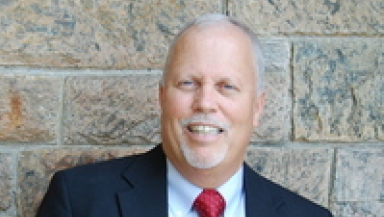
"[Historical eyewitnesses from literature] paint a picture of what we should expect to find and the question when we excavate is: does it fit? Does it match? Does it correspond to how they describe it?"
If not, then that should be "a reason to pause and to reconsider, and ask: am I on the site that's mentioned in the literature?"
He thinks the site at el-Araj matches the historical references. Since starting to dig in 2016, the team have found layers of remains through the Roman and late Hellenistic periods, to Byzantine and even later Islamic periods.
Interestingly, Bethsaida disappears from the historical records after the third century and only re-appears 200 years later. On the ground, what the archaeologists found was about 40cm of silt with absolutely no finds sandwiched in between the Byzantine era finds and the Roman finds.
"There's an uncanny correspondence between what the excavation found and what is either said or not said about the site in the historical sources," said Dr Notley.
Finds at the site include lots of Roman coins and Galileean-style pottery, fishing weights, mosaics, frescoed walls and the ruins of a bath house.
The bath house is significant because it's the first time in the region that evidence has been found for the urbanisation of a site, Dr Notley said.
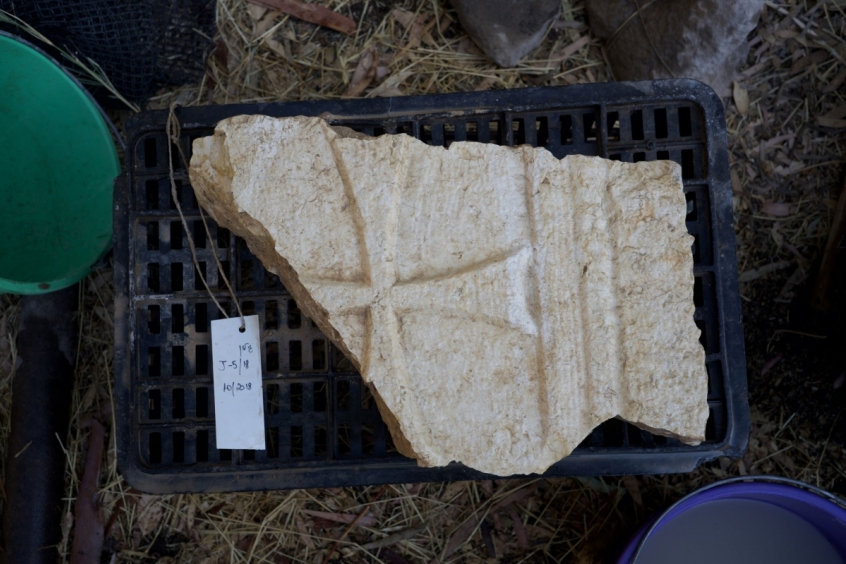
"This is not a simple village anymore, it's developed and would fit the description of what we are looking for," he claimed.
But most significantly, the team discovered an ancient church with ornate mosaics. The team have only excavated the outside aisle and the beginning of the nave so far, but ground penetrating radar has already revealed many more walls and structures under the ground waiting to be dug.
Covid-19 has prevented any further work at the site this year, but Dr Notley said the team are expecting to find much more of the church when digging resumes next year.
"We fully expect, when we excavate to the north and to the east, to uncover a church that is probably 20m by 30m. So it's not a small chapel, it's a pretty good-sized church that's there," he said.











